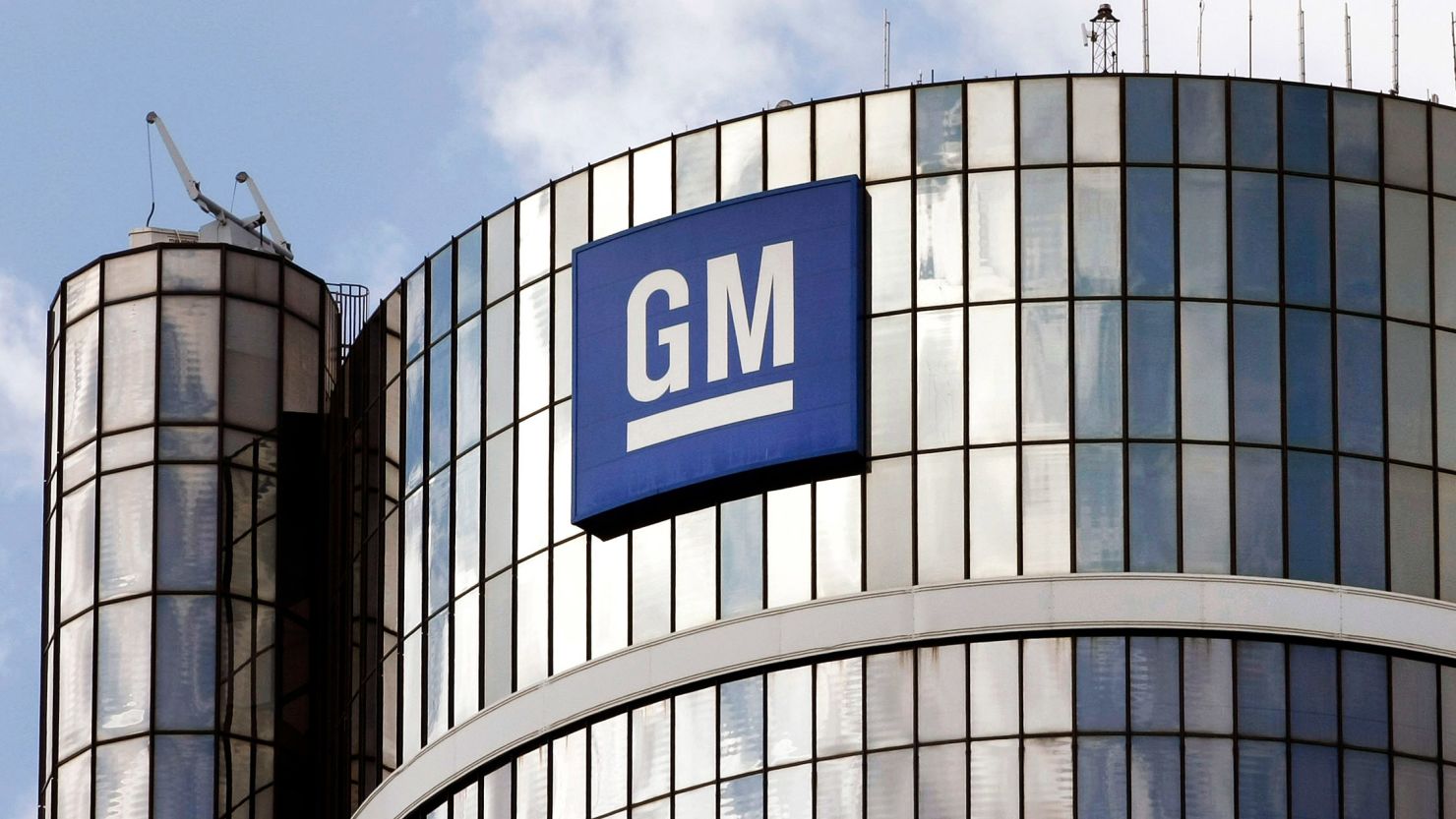General Motors (GM) will reassure investors during its upcoming investor day that concerns over slowing demand for electric vehicles (EVs) are overstated, and the U.S. automaker remains optimistic about the potential for improved profitability by 2025, according to sources familiar with the company’s plans.
This message marks a notable shift from GM CEO Mary Barra’s presentation at the same event in 2021, where she outlined ambitious goals, including doubling revenue to approximately $280bn by 2030, driven in part by growth in the company’s autonomous vehicle unit, Cruise, and projected EV sales expansion.
According to Reuters report, investor concerns have heightened recently due to the significant financial losses many automakers are experiencing in their EV divisions, stagnant sales of internal combustion engine (ICE) vehicles, and increasing competition from Chinese manufacturers such as BYD.
These challenges have led some automakers to adjust their strategies, and GM’s focus on Tuesday is expected to shift from aggressive growth targets to stability and long-term profitability.
While GM President of Global Markets Rory Harvey did not reveal specific details about the company’s investor day presentation, he pointed to strong third-quarter sales as a positive foundation leading into the event.
“From that point of view, you’d have to say that this is a positive platform leading into investor day,” Harvey commented.
During the event, GM executives are expected to emphasize that profit margins for ICE vehicles have not peaked and that profitability from EVs is closer than many investors anticipate, according to sources.
The company will also highlight the planned launch of eight refreshed SUV models—including the Chevrolet Equinox, Buick Enclave, and Cadillac Escalade—by the end of 2025, underscoring the potential for further improvement in profit margins through its ICE lineup.
GM will not boost its stock buyback or dividend during the meeting, the sources said.
Shareholders have grown queasier about the broader auto market in the U.S. too, resulting in GM’s stock plummeting even after posting upbeat earnings results in recent quarters, and raising guidance. GM shares were off slightly in premarket trading.
They want assurances that EV investments will not become a bottomless pit of losses.
“Shareholders in general want the company to be restrained with how much capital intensity and [research and development] intensity they’re willing to put into some of these technologies that don’t have a proven business model yet,” said Tim Piechowski, portfolio manager at ACR Alpine Capital Research, a GM investor.
Morgan Stanley analyst Adam Jonas recently downgraded GM and cross-town rival Ford’s (F.N), opens new tab stock, citing climbing U.S. inventories, stretched affordability and the competitive threat from China.
For GM, China and Cruise – formerly strengths – have now become pain points that investors want a clearer direction on.
Cruise last year was embroiled in controversy after a pedestrian in San Francisco was dragged by one of its robotaxis. Since that October accident, GM halted use of its autonomous vehicles and has slowly begun resuming operations with a small fleet of human-driven vehicles in some parts of the U.S.
Barra has said operations in China, which used to be a profit engine for the company, are “unsustainable” without a restructuring. GM recorded a $104bn loss in the region during the second quarter.





